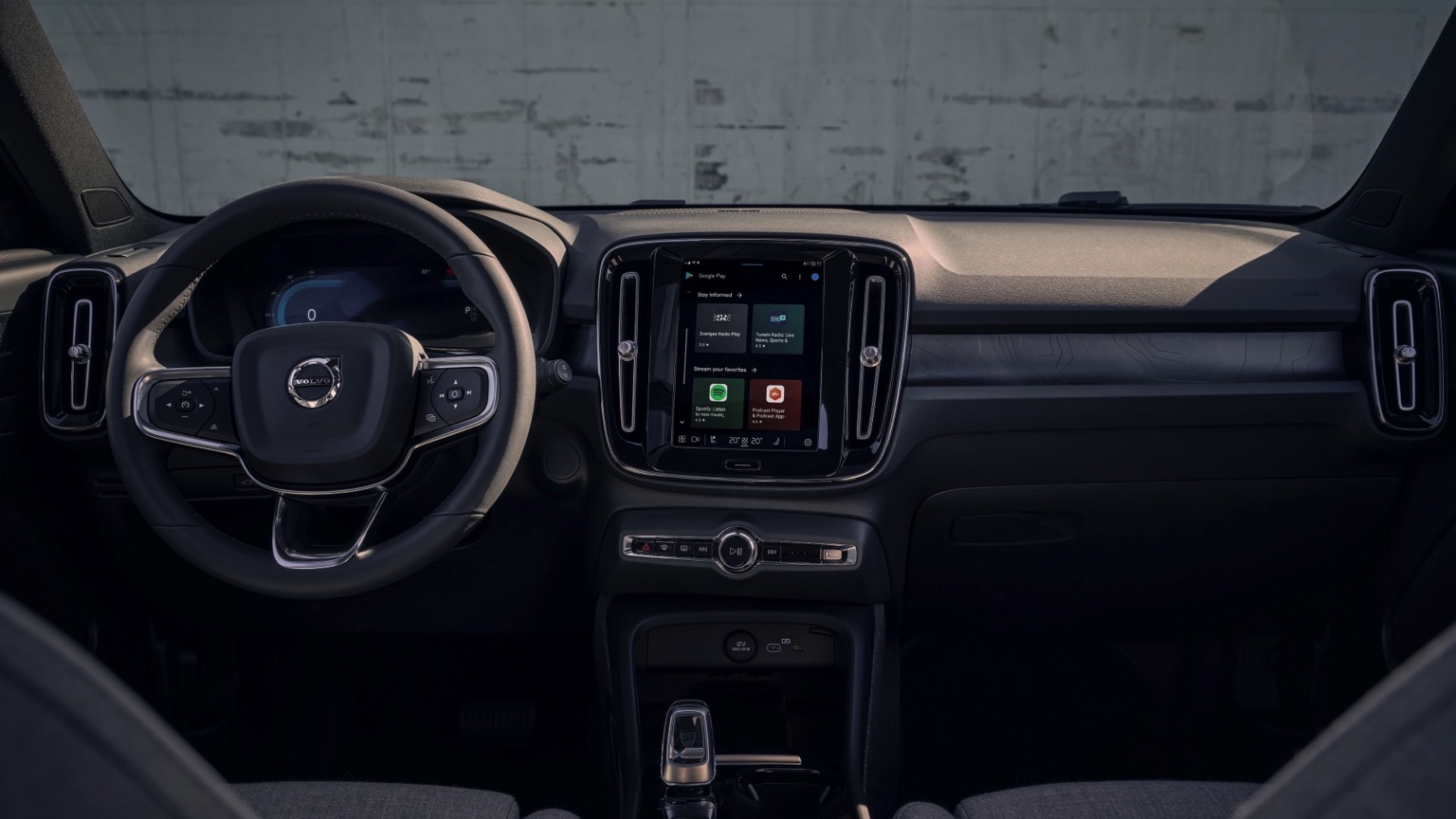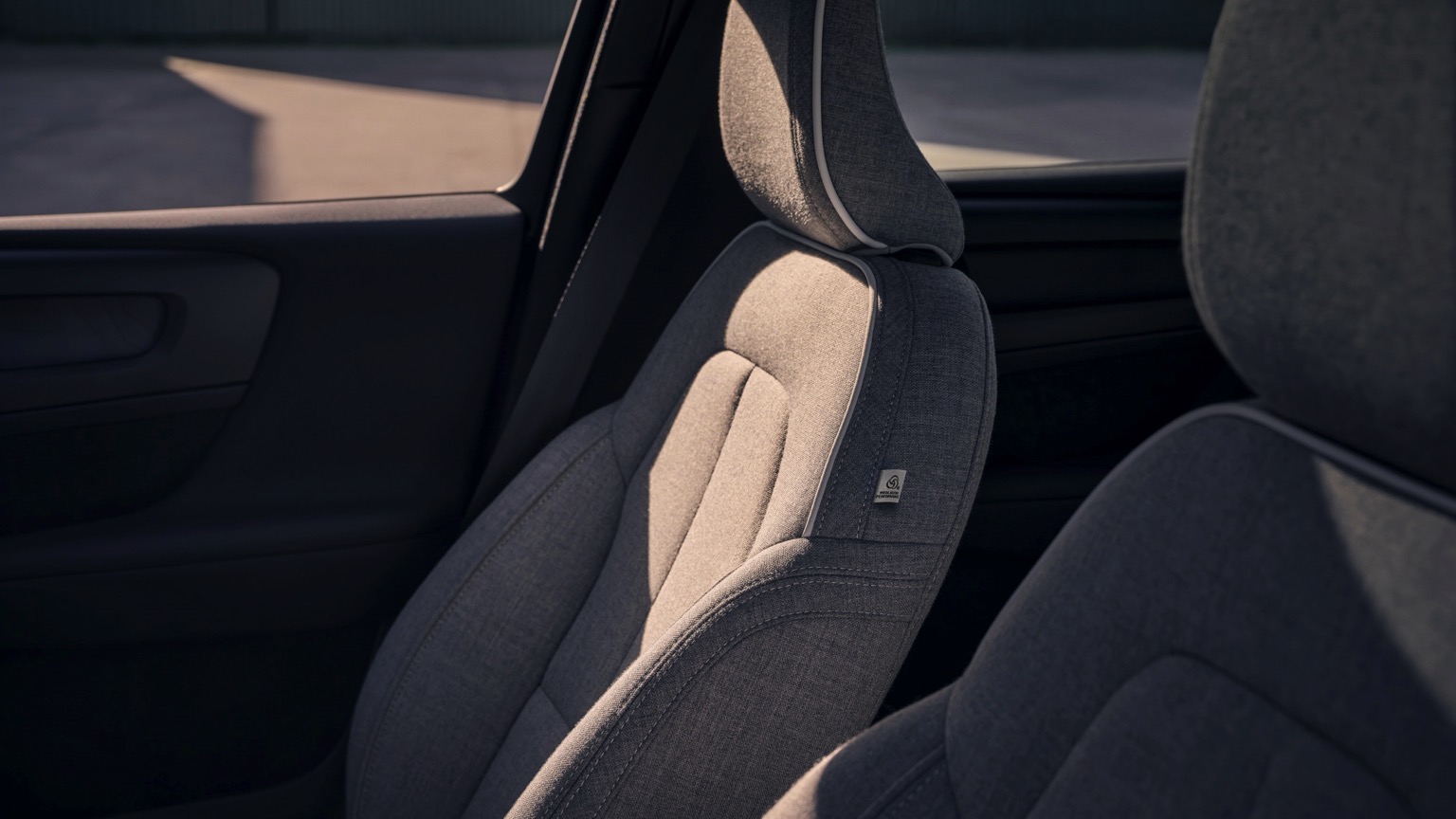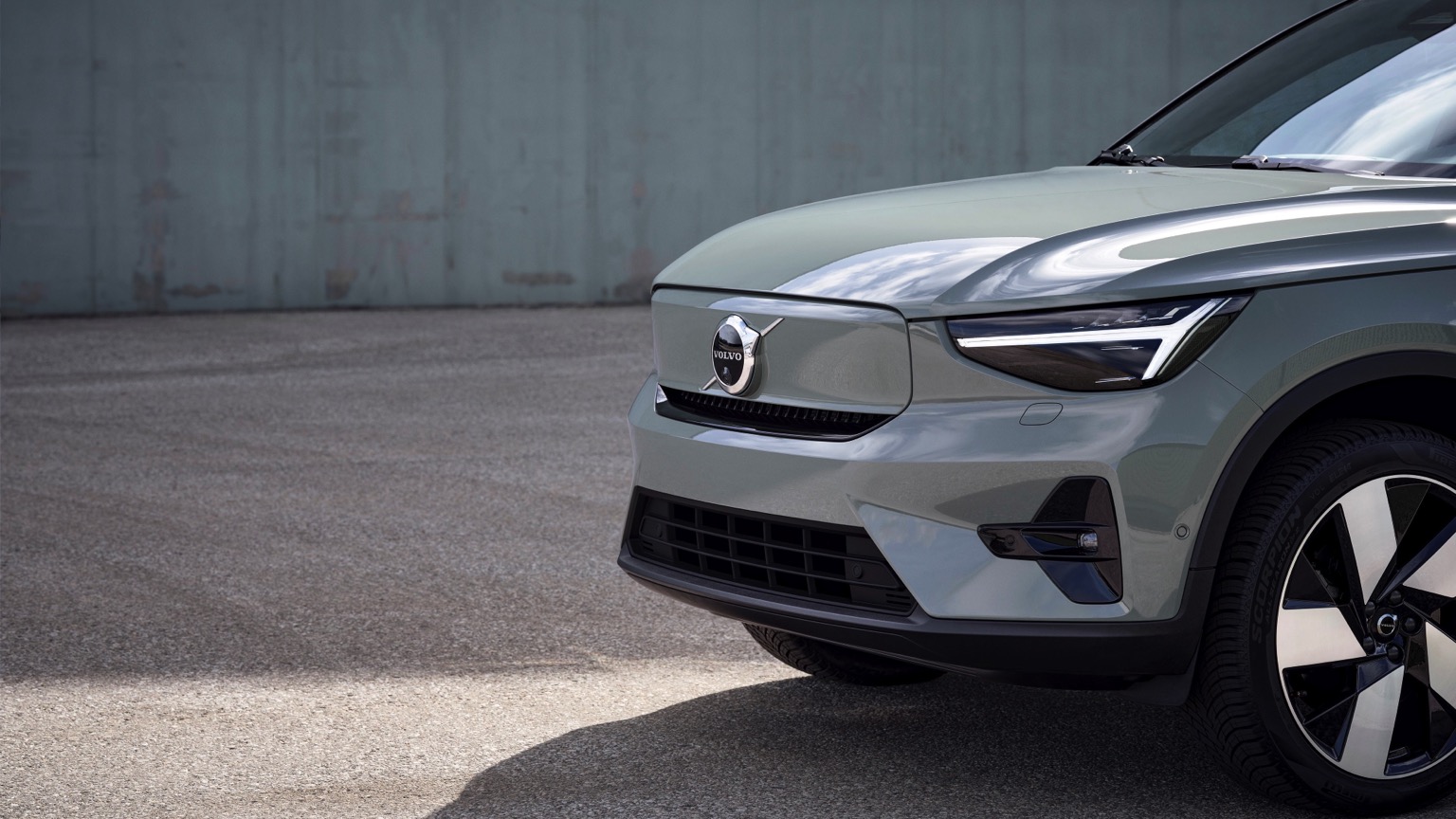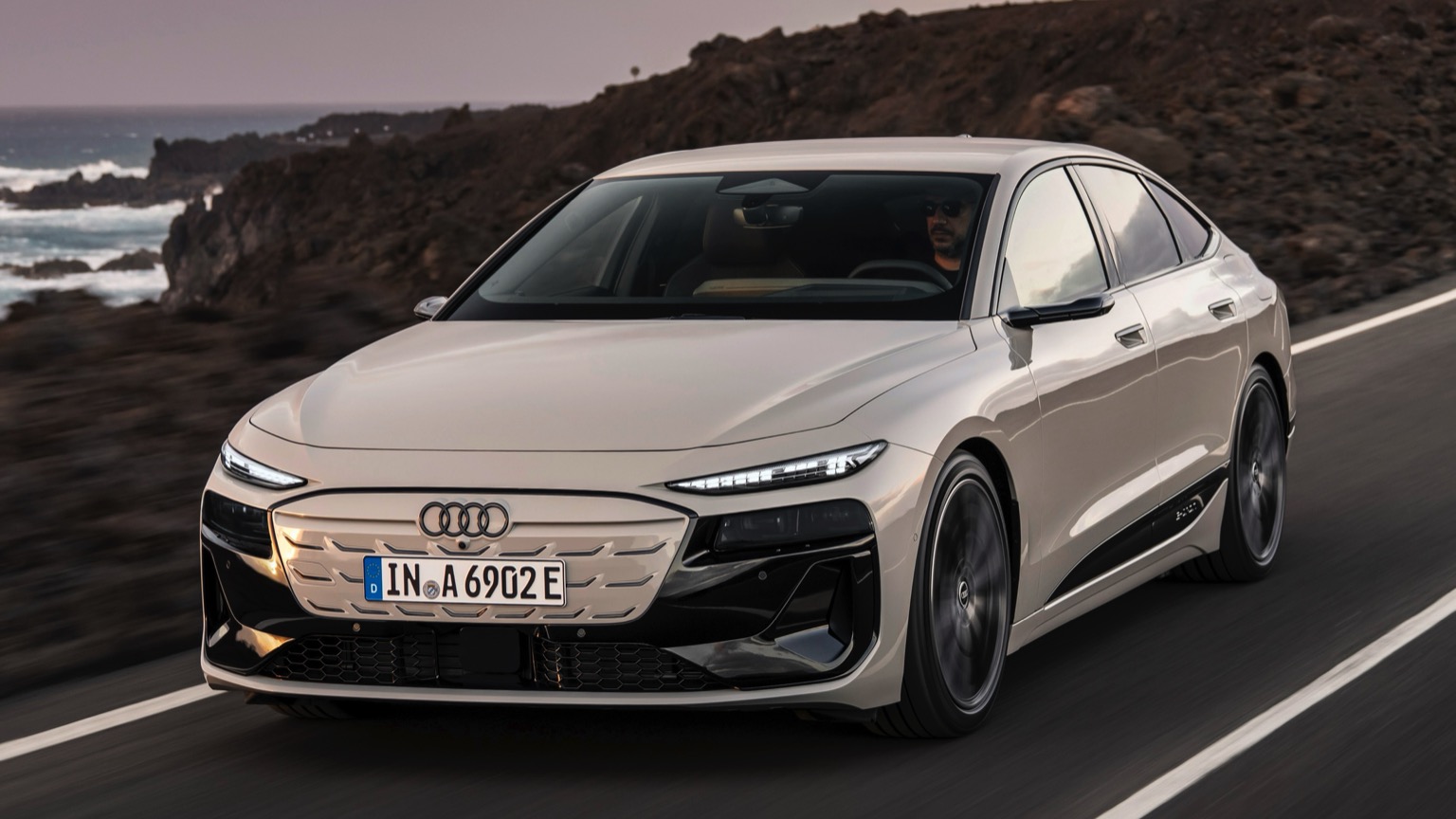Driving Range
In short, how many miles you can travel on a full charge. Is length important? Let’s not open that can of worms…
Efficiency
How many kWh of charge are needed to travel a set distance. The fewer needed, the more efficient your EV is. Easy!
Battery
The bigger the battery, the more power it can hold. In essence, fewer stops needed to top up your charge. Ahh, simplicity!
Top Speed
The maximum speed you can reach with your foot pressed hard to the floor. Important when escaping a zombie apocalypse, we assume.
Seats
Well, you don’t want to have to leave anybody at home… or do you?
Body
From stylish SUVs and compact crossovers, to curvaceous coupes and handy hatchbacks, there’s a perfect shape for everyone!
Isofix
The safe way to attach a child seat. Typically, these are hidden in the join between the back seats, alongside the crumbs from your last meal deal.
Safety Rating
A measure that considers the amount of safety kit installed, how a vehicle performs in crash testing and how safe it is for both pedestrians and cyclists.
| City - Cold Weather | 240 miles |
| Highway - Cold Weather | 170 miles |
| Combined - Cold Weather | 200 miles |
| City - Mild Weather | 350 miles |
| Highway - Mild Weather | 210 miles |
| Combined - Mild Weather | 270 miles |
Indication of real-world range in several situations. Cold weather: 'worst-case' based on -10°C and use of heating. Mild weather: 'best-case' based on 23°C and no use of A/C. For 'Highway' figures a constant speed of 110 km/h is assumed. The actual range will depend on speed, style of driving, weather and route conditions.
| Charge Port | Type 2 |
| Port Location | Left Side - Rear |
| Charge Power | 11 KW AC |
| Charge Time | 8hr 30m |
| Charge Speed | 28 mph |
| Fastcharge Port | CCS |
| FC Port Location | Left Side - Rear |
| Fastcharge Power (max) | 205 |
| Fastcharge Time | 28m |
| Fastcharge Speed | 350 mph |
General Charging (0 - 100%)
Charging is possible by using a regular wall plug or a charging station. Public charging is always done through a charging station. How fast the EV can charge depends on the charging station (EVSE) used and the maximum charging capacity of the EV
| Charging Point:Charging Point | Power:Power | Time:Time |
|---|---|---|
| Charging Point:Wall Plug | Power:2.3 kW | Time:40hr 30m |
| Charging Point:1-Phase 16A | Power:3.68 kW | Time:25hr 15m |
| Charging Point:1-Phase 32A | Power:7.36 kW | Time:12hr 45m |
| Charging Point:3-Phase 16A | Power:3.68 kW | Time:8hr 30m |
| Charging Point:3-Phase 32A | Power:7.36 kW | Time:8hr 30m |
Rapid Charging (10 - 80%)
Rapid charging enables longer journeys by adding as much range as possible in the shortest amount of time. Charging power will decrease significantly after 80% state-of-charge (SoC) has been reached.
| Charging Point:Charging Point | Average Power:Average Power | Time:Time |
|---|---|---|
| Charging Point:CCS 50 | Average Power:50 kW | Time:1hr 10m |
| Charging Point:CCS 100 | Average Power:85 kW | Time: 41m |
| Charging Point:CCS 150 | Average Power:105 kW | Time: 33m |
| Charging Point:CCS 175 | Average Power:115 kW | Time: 30m |
| Charging Point:CCS 350 | Average Power:125 kW | Time: 28m |
| EVDB Real Range | 235 miles |
| EVDB Vehicle Consumption | 336 Wh/mi |
| EVDB CO2 Emissions | 0 g/mi |
| EVDB Vehicle Fuel Equivalent | 1.2 l/100mi |
| WLTP Real Range | 332 miles |
| WLTP Rated Consumption | 28.5 Wh/mi |
| WLTP Vehicle Consumption | 23.8 Wh/mi |
| WLTP CO2 Emissions | 0 g/mi |
| WLTP Rated Fuel Equivalent | 1.42 l/100mi |
| WLTP Vehicle Fuel Equivalent | 1.7 l/100mi |
| Acceleration 0 - 100 km/h | 4.8 sec |
| Top Speed | 112 mph |
| Electric Range* | 235 miles |
| Total Power* | 300 kWh |
| Total Torque* | 670 Nm |
| Drive | AWD |
| Safety Rating | N/A |
| Rating Year | N/A |
| Adult Occupant | N/A |
| Child Occupant | N/A |
| Vulnerable Road Users | N/A |
| Safety Assist | N/A |
For more details on the safety rating of this vehicle, visit euroncap.com
| Nominal Capacity | 82 kWh |
| Battery Type | Lithium-ion |
| Number of Cells | 108 |
| Architecture | 400 V |
| Useable Capacity | 79 kWh |
| Cathode Material | NCM |
| Pack Configuration | 108s3p |
| Nominal Voltage | 400 V |
| Length | 4440 mm |
| Width | 1863 mm |
| Width (with mirrors) | 2034 mm |
| Height | 1651 mm |
| Wheelbase | 2702 mm |
| Weight Unladen (EU) | 2170 kg |
| Gross Vehicle Weight (GVWR) | 2650 kg |
| Max. Payload | 555 kg |
| Cargo Volume | 410 L |
| Cargo Volume (Max) | 1286 L |
| Cargo Volume Frunk | 31 L |
| Roof Load | 75 kg |
| Tow Hitch Possible | Yes |
| Towing Weight Unbraked | 750 kg |
| Towing Weight Braked | 1800 kg |
| Vertical Load Max | 100 kg |
| Seats | 5 |
| Isofix | Yes, 2 seats |
| Turning Circle | 11.4m |
| Platform | Volvo CMA |
| Car Body | SUV |
| Segment | D |
| Roof Rails | Yes |
| EV Dedicated Platform | No |
* = estimated value. Average energy consumption and range based on moderate drive style and climate. Real-life values may differ significantly. Pricing information might not be actual for some regions. No rights can be derived from the information on this site.

Volvo XC40 Recharge Twin Motor Charging Guide
The electric Volvo XC40 is the brand’s maiden voyage into the fully-electric SUV category. Developed on the celebrated XC40 architecture, the electric variant encapsulates the attributes of Scandinavian design and functionality that Volvo stands for, while concurrently embracing the future of sustainable driving.
As part of Volvo’s broader ambition to reduce its carbon footprint per car by 40% between 2018 and 2025, the electric XC40 emerges as a cornerstone of this environmental vision.

How to charge the Volvo XC40?
The Volvo XC40 can be charged at home, the workplace or while out and about using dedicated EV charging stations. Most XC40 owners opt to equip their electric XC40 with the zappi home charger.
This smart charger is adaptable, meaning it can modulate the charging speed based on various factors such as grid demand or the availability of renewable energy. zappi’s compatibility with solar or wind energy sources ensures that owners can maximise the eco-friendly potential of their electric XC40, making green driving even greener.
How long does it take to charge the Volvo XC40 Recharge Twin Motor?
11 hours 17 minutes*
*Using a standard 7kWh charger, such as zappi it would take 11 hours and 17 minutes to fully charge your 79kWh battery. The Volvo XC40 Recharge Twin Motor also has the capability to be charged on the 22kWh zappi, which would reduce this charging time down to 8 hours and 30 minutes.
What is the range of the Volvo XC40 Recharge Twin Motor?
240 miles**The range of the Volvo XC40 Recharge Twin Motor with the 79kWh battery, differs between 170 miles and 355 miles depending on your driving conditions and the type of road. Typically, the average range from a full charge will be around 240 miles.
How much does it cost to charge the Volvo XC40 Recharge Twin Motor?
£5.93**It could cost just £5.93 to charge the Volvo XC40 Recharge Twin Motor, with the 79kWh battery, when fully utilising off-peak charging on an Octopus Intelligent tariff, at 0.075p/kWh. In contrast, peak charging on a standard rate of 0.34p/kWh can cost £26.86 to charge up.
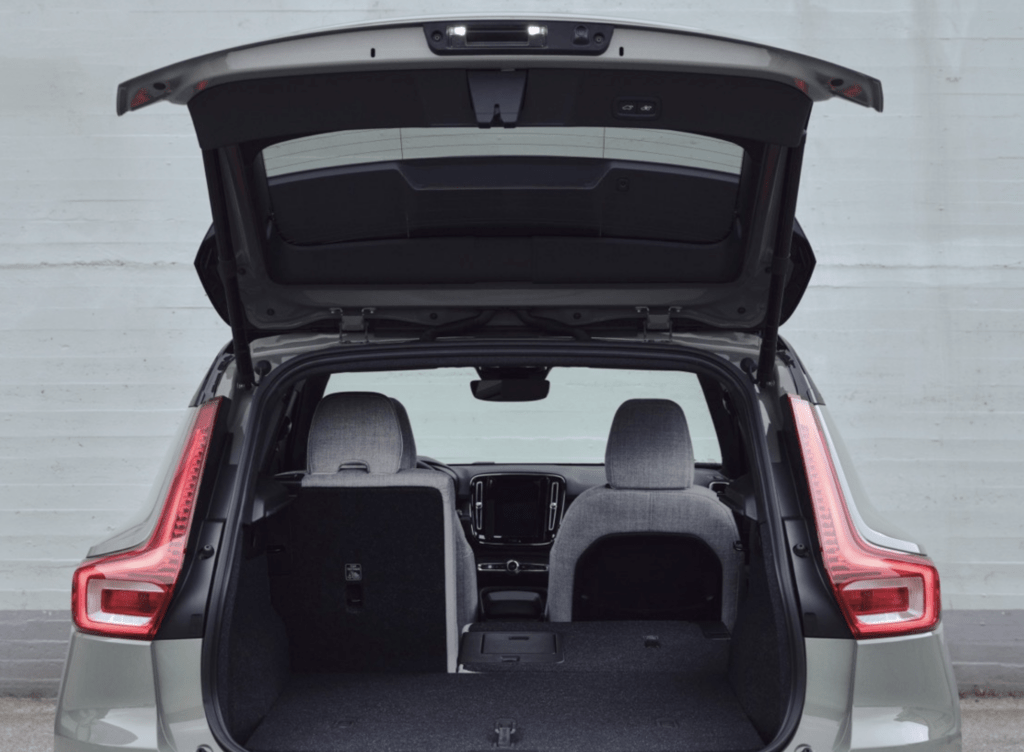
Key attributes of the electric Volvo XC40.
Design Elegance: While it maintains the distinctive XC40 form, it seamlessly integrates electric elements like concealed exhausts and unique grilles, highlighting its electric pedigree.
Safety First: Volvo has a long-standing reputation for safety. The electric XC40 showcases advanced safety technologies, including Pilot Assist for semi-autonomous driving and City Safety, which identifies potential hazards and assists in avoidance or mitigation.
State-of-the-Art Infotainment: Its infotainment system, deeply integrated with Android, provides a seamless user experience. This comes with native Google services, allowing drivers to access maps, apps, and voice commands efficiently.

Can you use a Tesla supercharger with a Volvo XC40?
While the Tesla Supercharger network uses a proprietary design and is primarily for Tesla vehicles, the electric XC40 is designed to work with most of the widespread universal charging standards.
It’s crucial for owners to be aware of the charging networks available in their locality and any adaptors or memberships that might be needed for seamless charging experiences. The Tesla supercharge network is great for those requiring charging on the go, but for home charging, the award-winning British build zappi is always a good option.
With its combination of luxury, innovation, and environmental consciousness, the electric Volvo XC40 reflects Volvo’s aspiration to pioneer the transition to a sustainable automotive future.

Are Volvo XC40’s expensive to maintain?
Electric vehicles, including the electric XC40, generally have a simpler mechanical design due to the absence of complex internal combustion engines. This often means reduced servicing needs.
While routine check-ups, software updates, and battery health inspections are advisable, traditional concerns like oil changes are rendered obsolete. This can lead to potentially lower maintenance costs over the vehicle’s lifespan.
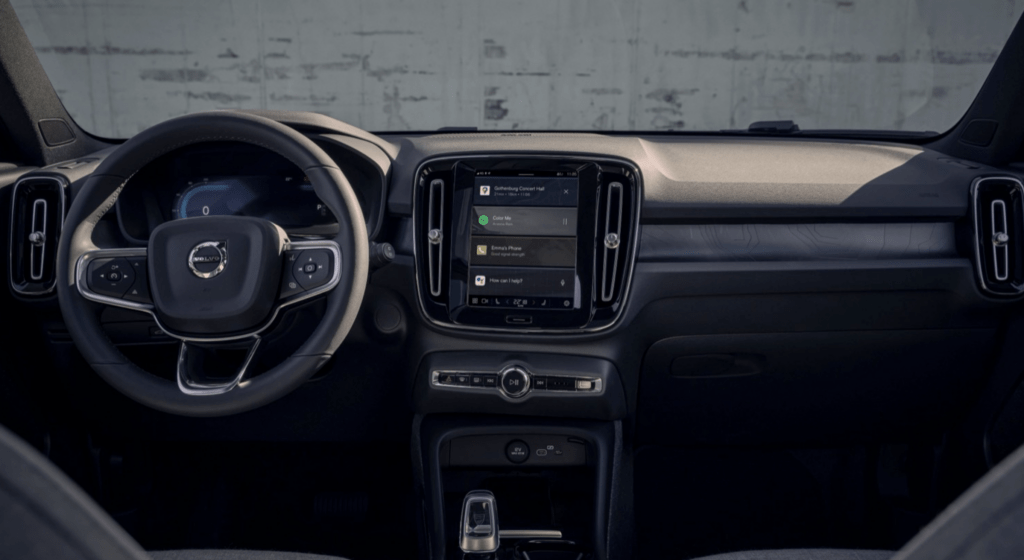
Where is the Volvo XC40 made?
Every electric XC40 is meticulously assembled at Volvo’s Ghent facility in Belgium. This facility, known for its advanced production lines and stringent quality checks, ensures that every XC40, electric or otherwise, meets the brand’s elevated standards of excellence.
This facility is the main assembly point for all Volvos being exported in and around Europe, however the Asian market typically sees their Volvos made in the manufacturing facility in China.

Is Volvo XC40 4wheel drive?
Indeed, the electric XC40 is equipped with an all-wheel-drive system. This provides the vehicle with superior grip, balance, and performance, making it adaptable to both urban commutes and challenging terrains. This ensures a responsive driving experience consistent with Volvo’s performance standards.
Similar Electric Vehicles















